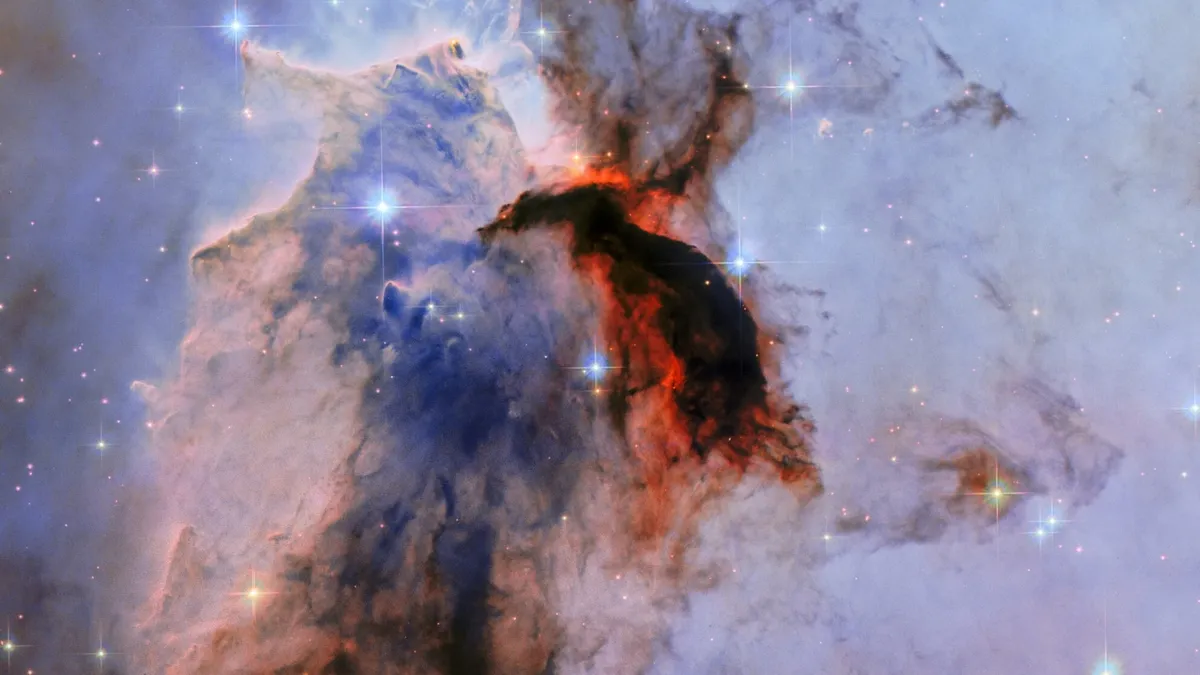
Among the most iconic images captured by the Hubble Space Telescope is a mesmerizing view of a colossal pillar of gas and dust, standing an impressive 9.5 light-years tall. This remarkable structure, located in the Eagle Nebula, showcases the stunning beauty sculpted by the dynamic forces of star formation. Originally published in 2005, this image has remained a beloved highlight of Hubble's extensive archive.
The latest version of this striking image has undergone advanced processing techniques, enhancing the visibility of intricate details. Utilizing Hubble's visible and infrared cameras, the new image reveals layers of cold gas and dust with remarkable clarity. It vividly illustrates how radiation from the hot, young stars, prominently featured in the upper half of the image, illuminates—and simultaneously erodes—the massive cosmic tower.
This breathtaking image covers an area that is equivalent to twice the distance from our Sun to Alpha Centauri, the closest star system to Earth. Such scale emphasizes the grandeur of the structures captured in this celestial photograph, further deepening our understanding of the universe.
For those familiar with Hubble's previous work, this newly minted snapshot may evoke memories of the even more famous Pillars of Creation. This iconic image, depicting three towering columns of cosmic dust and gas, was first released in 1995 and enhanced in 2015 to celebrate Hubble's 25th anniversary. Both images originate from the Eagle Nebula (M16) and depict dust pillars surrounding the nebula's core, which has been sculpted by the radiation emitted from a cluster of young stars known as NGC 6611.
The Eagle Nebula is particularly prominent in the night sky during the summer months in the Northern Hemisphere. Stargazers can find it nestled in the southern sky, positioned between the bright stars Aquila and Antares, and just below the constellation Ophiuchus, known as the Serpent Bearer.
This stunning photo of M16 is not only a visual feast but also serves as a celebration of the Hubble Space Telescope's 35th anniversary. Launched aboard the space shuttle Discovery on April 24, 1990, Hubble has significantly contributed to our understanding of the universe. The telescope was released from the shuttle's cargo hatch the following day and has since provided countless breathtaking images of cosmic phenomena.
Earlier this month, additional images revisiting NGC 346 and the Sombrero Galaxy were published, showcasing Hubble's continuous contributions to astronomy and space exploration. As we celebrate the legacy of the Hubble Space Telescope, we eagerly anticipate the stunning discoveries that lie ahead in the vastness of our universe.